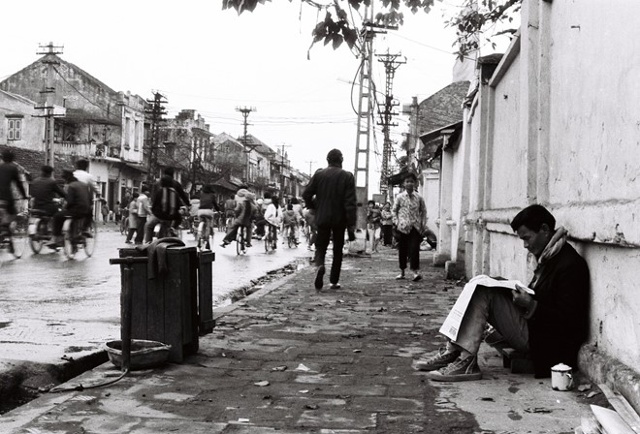During his career, photographer Le Vuong has captured many valuable images of Hanoi. He has just been awarded the Bui Xuan Phai Award 2016.
 |
| Artist Le Vuong was born in 1918 and first picked up a camera in 1936 at the age of 18. He said that at that time, the precious camera was worth as much as a piece of land in Hanoi. But he still bought it to take pictures during his trip across Indochina. After that trip, Le Vuong became passionate and attached to the art of photography. |
 |
| In the 1930s of the 20th century, with a camera, Le Vuong wandered around Hanoi to record the life, landscape and architecture of the capital. |
 |
| Le Vuong’s works are considered to always have their own unique quality and are difficult to confuse with any contemporary author. His photos not only capture a moment but also contain many elements of painting. |
 |
| In his photos of old Hanoi, Le Vuong often focuses his camera on the roofs of old houses, a tree branch, a tram line crossing the street, or ordinary people walking on the street. |
 |
| Photo of a tram line cutting across the street. This was one of the important means of transport on the streets of old Hanoi. By the early 1990s, the tram lines were gradually discontinued. But the jingling bells of the trams had entered the consciousness of many people. |
 |
| Four nuns smiled when they met the lens of photographer Le Vuong. |
 |
| Some flowers at Ba Dinh Square, in front of Ho Chi Minh Mausoleum. |
 |
| Children playing on The Huc bridge leading to Ngoc Son temple. At that time, this bridge was vermillion red, made of wood and had many consecutive pillars. |
 |
| Le Vuong's works not only have documentary value about architecture and human life, but also evoke many lines and shapes and inspire emotions for creativity in fine arts. |
According to Zing.vn









